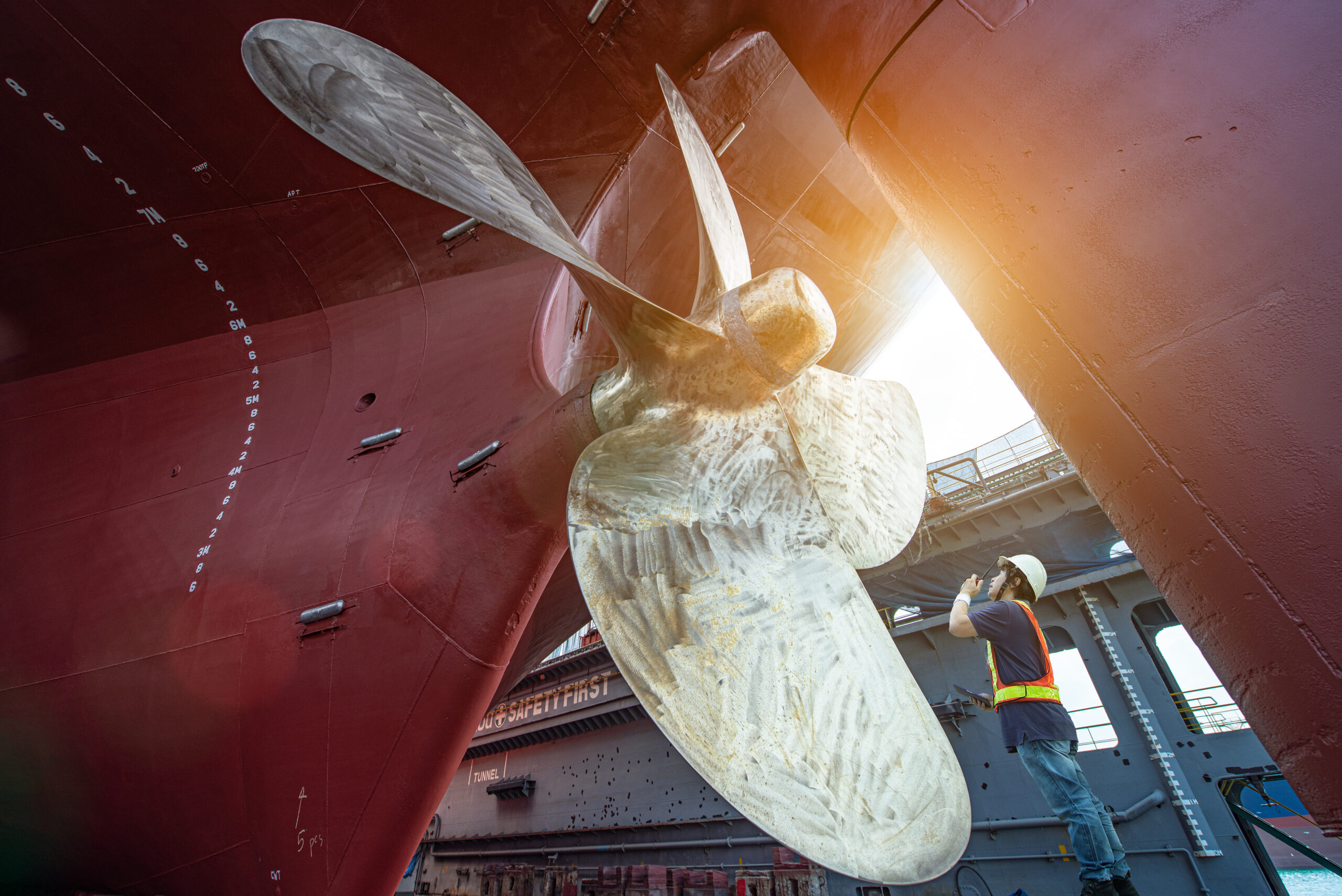Sulphur dioxide emissions destroy our land and water, and this poses a great health risk to people. On 1 January 2015 new regulations from UN’s International Maritime Organization (IMO) will come into force when permitted sulphur content in shipping fuels will drop from 1 per cent to 0.1 per cent on the Baltic Sea, North Sea and English Channel, as well as in the coasts around US and Canada.
Most shipping takes place in coastal areas, especially around the North Sea. Globally, 70-80 per cent of shipping emissions takes place within 400km of the shore. Around the North Sea the figure is 90 per cent within 90km of the shore.
The North Sea – a Sulphur Emission Control Area (SECA)
This area is also one of the areas pinpointed in the IMO regulations as being Sulphur Emission Control Areas (SECA), explained by the fact that these regions are particularly sensitive to acidification as they have been exposed to emissions over a long period of time.
Reduced sulphur emissions from shipping are therefore of great importance to this area. The decrease is based on agreed measures reached by the IMO, which have been introduced gradually since 2008.
Environmental improvements in focus for Greencarrier
Greencarrier will of course be taking the new legislation on board. We will influence our nominated shipping lines by continuously measuring and monitoring the steps they are taking to further reduce their emissions through initiatives such as the Clean Shipping and Clean Cargo Working Group. When drawing up shipping contracts we will be placing great emphasis on the environmental improvements brought about by these initiatives.
Short- and long term effects on shipping
In the short term this will lead to significantly higher fuel costs, as low-sulphur oil is more expensive than high-sulphur oil, not only for longer ocean transportation but also shorter lorry transportation where part of the journey is normally made by ferry. But for long term, there is a greater possibility of fulfilling the new demands. New ships can be designed for alternative fuels such as natural gas or methanol, both of which give low sulphur emissions. Another alternative is to equip new ships with a purification system. Each individual shipping line will naturally adopt measures they feel will limit the cost increase brought about by the new regulations.




